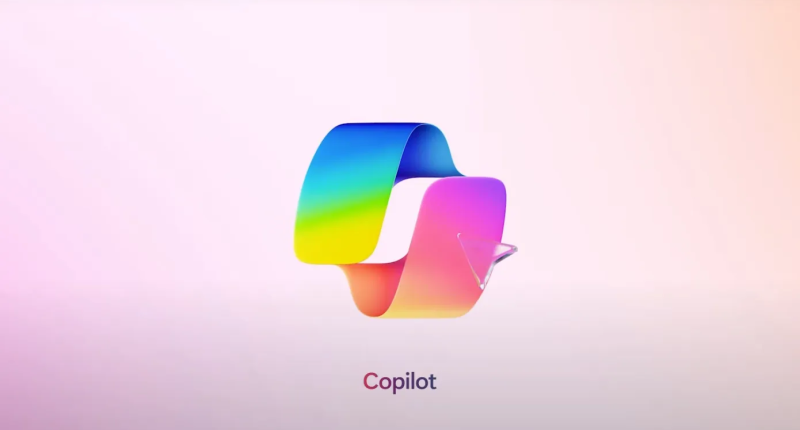Microsoft has its eyes set on transforming 2024 as the “year of the AI PC” and to put a point on that, the company today announced a new key for Copilot — that is, a physical key that will soon make its way to your keyboard and join the Windows key, along with the Control key, Alt and that Insert key you’ve never purposely used.
The newly introduced Copilot key is set to take the place of the menu key (application key), a fixture alongside the Windows key for decades. Positioned adjacent to the right-hand alt key on most keyboards, its exact location may vary based on the original equipment manufacturer (OEM) and regional market. This key is stepping into the space previously occupied by the dedicated Office key introduced by Microsoft on its own keyboards in 2019.
Microsoft copilot is a service that provides AI-powered productivity for Microsoft 365 apps. However, now that it is integrated into Bing or Microsoft’s browser, it looks a lot more like ChatGPT. It was earlier known as Bing Chat. Copilot was introduced on Windows 11 devices in September last year through a Windows update.
Unlike its predecessor, the Copilot key serves a distinct purpose—it activates the Windows Copilot feature integrated into Windows 11. This feature unfolds as a ChatGPT-like chatbot, capable of responding to queries and executing actions within the Windows environment. The strategic placement of the Copilot key emphasizes its functional role in enhancing user interaction with the Windows Copilot, adding a new layer of accessibility to AI-driven functionalities within the operating system.
Note, that Copilot is not available in all regions and will be restricted to limited areas initially. In places where the service won’t be launched, the Copilot key on your keyboard will trigger Windows Search. The first keyboards with the new key will launch at this year’s CES in Las Vegas and will likely start shipping in late February.
If you need any more evidence that Microsoft is all in on the AI hype train, the fact that it now, for the first time since the Windows logo key appeared on a Microsoft Natural Keyboard in 1994, adding a new button is all you need to know. This is Microsoft’s first addition to the computer in 30 years.
Microsoft, together with its chip partners like AMD and Intel, hopes that a lot of the AI inferencing will soon be offloaded onto local silicon, which will then “unlock new AI experiences on the Windows PC.” Never given to hyperbole, Microsoft notes that it sees “this as another transformative moment in our journey with Windows where Copilot will be the entry point into the world of AI on the PC.”
Alongside, Microsoft is gearing up for a Windows “refresh” that places a substantial focus on incorporating new AI features into its software and services. This move is part of Microsoft’s broader strategy to infuse artificial intelligence across various facets of its offerings. The company’s commitment to AI is evident from the recent branding of Microsoft Edge as the “AI browser” at the start of the year, signalling a persistent and expanding emphasis on AI integration within Microsoft’s ecosystem.
The Tech Portal is published by Blue Box Media Private Limited. Our investors have no influence over our reporting. Read our full Ownership and Funding Disclosure →






